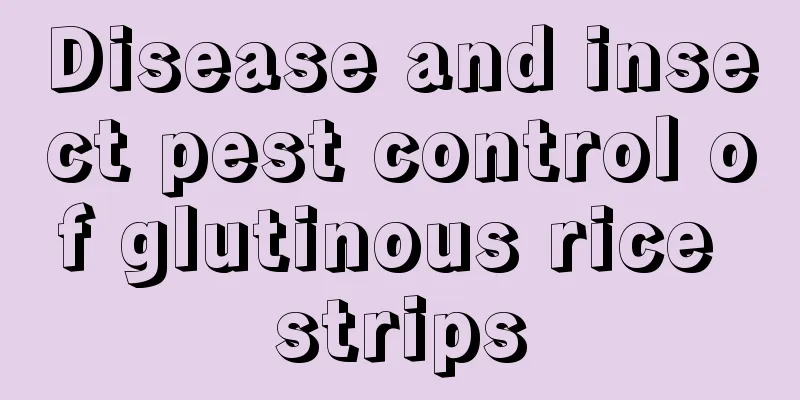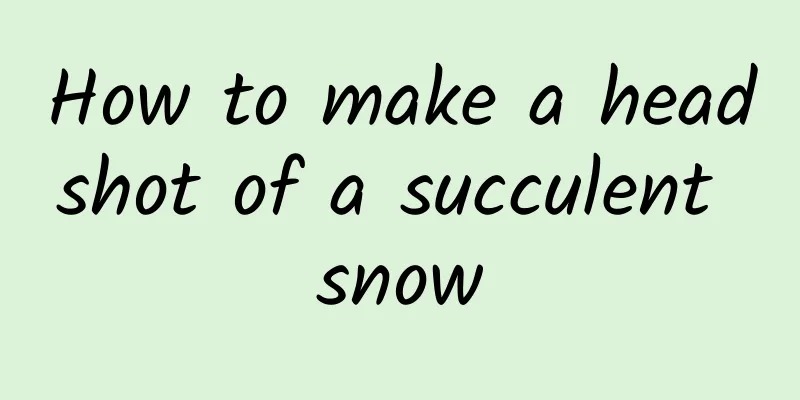Disease and insect pest control of glutinous rice strips

1. Leaf spotThe pathogen of this disease can overwinter on diseased body parts or in the soil. It is spread by wind and rain and usually begins to occur when the temperature is relatively high. Its symptoms are spots or patches of varying sizes, shapes and colors appearing on the leaves of the plant, and sometimes small black dots appear. At this time, we must take preventive measures as soon as possible, clean up the diseased leaves in time, and then burn them together. If the disease occurs in the early stages, you can use some medicine to spray and prevent it. 2. Powdery mildewWhen the disease first starts, some gray-brown spots will appear near the main veins on the back of the young leaves of the seedlings, and then they will begin to spread to the entire back of the leaves, and then a layer of white powder will appear. Then there are symptomatic treatments. At ordinary times, you must pay attention to the cleanliness of the nursery and thin the seedlings appropriately. If diseased plants are found, they must be pulled out and burned immediately. If the symptoms are obvious, you can use some chemical reagents for spraying, spray once every 10 days, and spray 3 to 4 times continuously. 3. AphidsThis pest is very harmful to plants. It specializes in sucking the sap of plants, which not only hinders the growth of glutinous rice strips and transmits some viruses, but also causes deformities in the flowers, leaves and buds that grow. In addition, its reproductive ability is very strong, so it is necessary to prevent and control it in time and not let it cause too much harm to the glutinous rice strips. Generally, we can use chemical reagents such as aphidicide to spray and kill them. 4. Geometrid mothIt is also very harmful to the leaves. If this pest appears on glutinous rice sticks, it will deliberately eat all the leaves within a few days. Therefore, timely response must be carried out, and some special drugs must be used for spraying and prevention. |
<<: Disease and Pest Control of Tea Rose
>>: Pest and disease control of purple echinacea
Recommend
How to raise Jilongyue in winter
temperature When the indoor temperature is below ...
How to plant freesia bulbs
Soil selection In order to increase the survival ...
How to plant Sedum sedum
1. Harvesting seeds The seeds must be harvested b...
Causes and treatments of yellow leaves of Polygonatum odoratum
1. Overwatering Reason: Polygonatum odoratum is m...
Spring wheat planting time
Wheat planting is generally divided into spring w...
Rosemary cultivation methods and precautions
Farming methods flowerpot Rosemary is a type of h...
How to plant litchi seeds to germinate
1. Time Selection If you want litchi seeds to ger...
What soil to use for planting rhododendrons
1. Soil requirements 1. Air permeability: The soi...
How to make bamboo begonia bloom
1. Rehydrate in time For the bamboo begonia to bl...
How to deal with hollyhock after flowering
Post-flowering treatment of hollyhock After holly...
Is it better to use a large or small pot for Jade Plants?
Should I use a large or small pot for Jade Plants...
Can I grow plum blossoms at home?
Can I grow plum blossoms at home? You can plant p...
Cultivation method of purple-backed Dieffenbachia
Distribution and habits of Dieffenbachia purpurog...
Can blue snowflakes survive the winter outdoors?
1. Can you spend the winter outdoors? The blue sn...
How many years does a lemon tree bear fruit?
Introduction to Planting Lemon Trees Lemon prefer...









